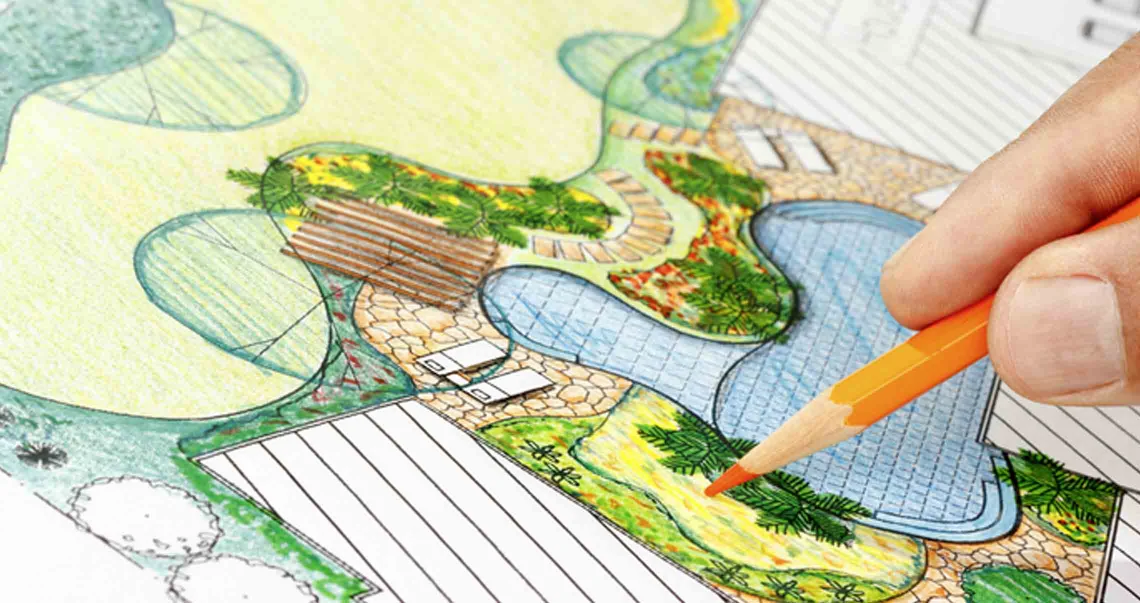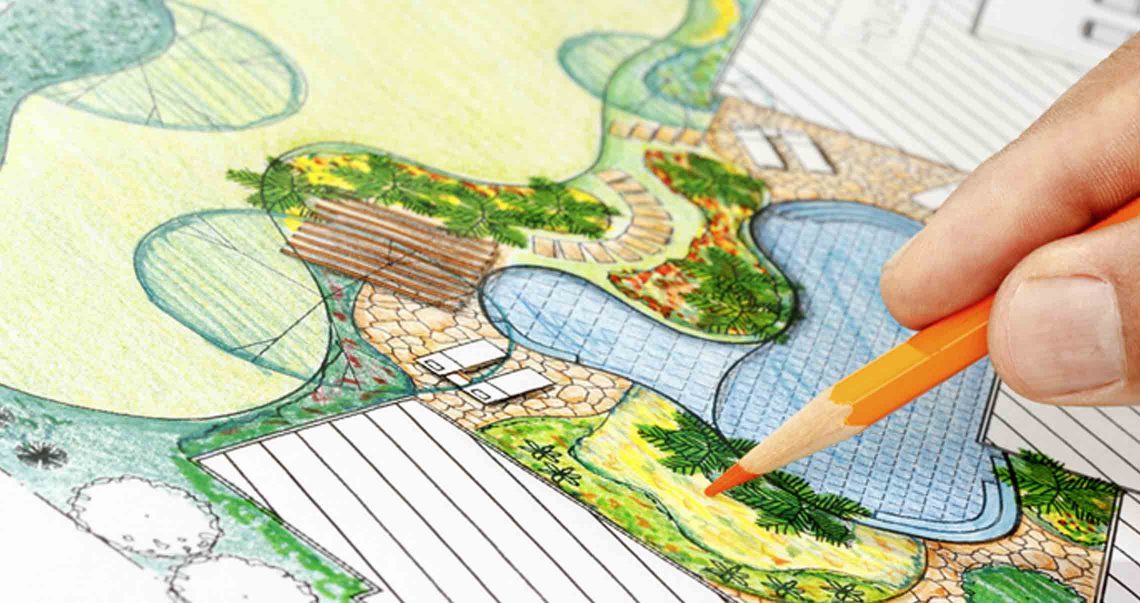How rain gardens can benefit your business
With growing concerns over climate change and the environment, more clients are asking landscape architects to incorporate sustainable design into their residential and commercial landscaping projects.

According to New World Economic Forum analysis, climate-intensified natural disasters may destroy 2 billion healthy lives by 2050. Rain gardens have become a popular project for firms involved in landscape architecture and environmental planning. Here's what you need to know.
What is a rain garden?
A rain garden is a water-capture feature designed to take advantage of rainwater runoff that flows from roofs, driveways, patios and lawns. Highly porous plants—such as native shrubs, perennials and flowers—are planted in a small depression filled with soil and sand.
The depression captures the runoff, while the soil, sand and plants filter the pollutants that rainwater picks up along the way, such as fertilizers, oil, pet waste and other residential lawn contaminants.
The benefits of rain gardens
Rain gardens help filter runoff rainwater and keep pollutants out of a community's storm drains and, eventually, area rivers and streams. According to the American Society of Landscape Architects, or ASLA, a properly designed rain garden can filter about 90% of copper, lead and zinc, 50% of nitrogen and 65% of phosphorus from stormwater.
Rain gardens can also help prevent soil erosion and neighborhood flooding by redirecting runoff water and providing a temporary place for it to soak into the ground gradually and naturally. The ASLA estimates that a rain garden can filter an inch of rainfall in 4 hours.
They also can improve soil quality with microbes, recharge groundwater aquifers and provide a habitat for insects and other wildlife.
How rain gardens are created
An efficient and environmentally sustainable rain garden requires the expertise of a professional landscape architect who's equipped to do a site topography survey and drainage analysis to choose an area that can absorb the water.
They must have the tools and expertise to test the soil's compaction and percolation rate, determine the size and shape of the garden and make sure there are no underground utilities in the way.
In addition, because a rain garden has specific zones based on each plant's tolerance to standing water, a professional landscape architect needs to be familiar with plants that will work in each zone. They must also formulate the right soil, compost and sand mixture for maximum filtration and to minimize erosion.
A professional landscape architect can recommend a landscape contractor to do the physical work of building the rain garden, as well as explore other solutions designed to help prevent pollution and reduce runoff on the business's property.
Sustainable landscape design
This growing area of client demand lets landscape architect firms specializing in sustainable design and rain gardens set themselves apart from the competition while creating happier and healthier landscapes for clients.
To reap the tax benefits of this lucrative specialty, landscape architects and environmental planning firms can leverage financing or loans for tools that can make the job easier. On-site, they need computers and tablets to record the existing locations of trees, walls, paving, structures and vertical topography, as well as testing equipment to conduct soil and drainage analysis.
Landscape architects also rely heavily on photographs, so they might consider investing in high-quality camera equipment or even drones. From there, a landscape architect needs design software, such as building information modeling, or BIM programs, to create 3D renderings. Virtual reality is also making its way into the landscape design field and could be a good investment for early adopters.
For landscape architect firms that undertake the actual installation of a rain garden, they should consider financing for any rain garden-specific heavy equipment they don't already have on hand, such as excavators, sod cutters and rototillers for composting.
The bottom line
Sustainable landscape design is a major consideration as residential and commercial clients become more environmentally aware and climate-conscious. Landscape architecture and environmental planning firms are considering investing in bioretention and rain garden-specific tools to handle the demand for such sustainable projects in the future.
Consult with a landscape architect or someone in a similar profession to discuss options that benefit the environment and fit your business needs.





